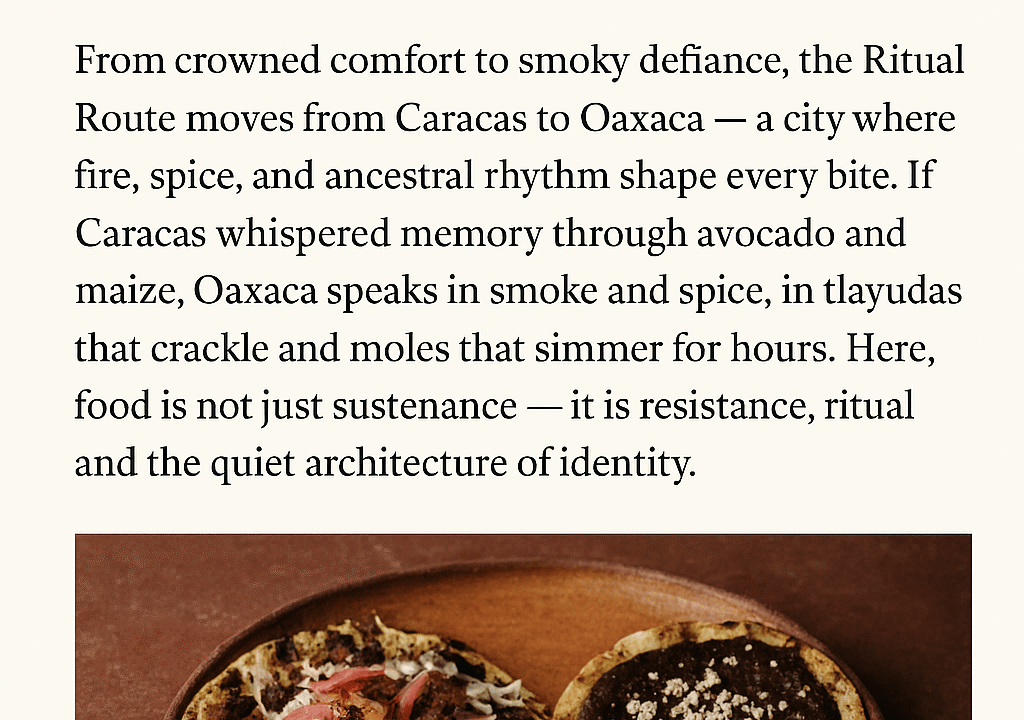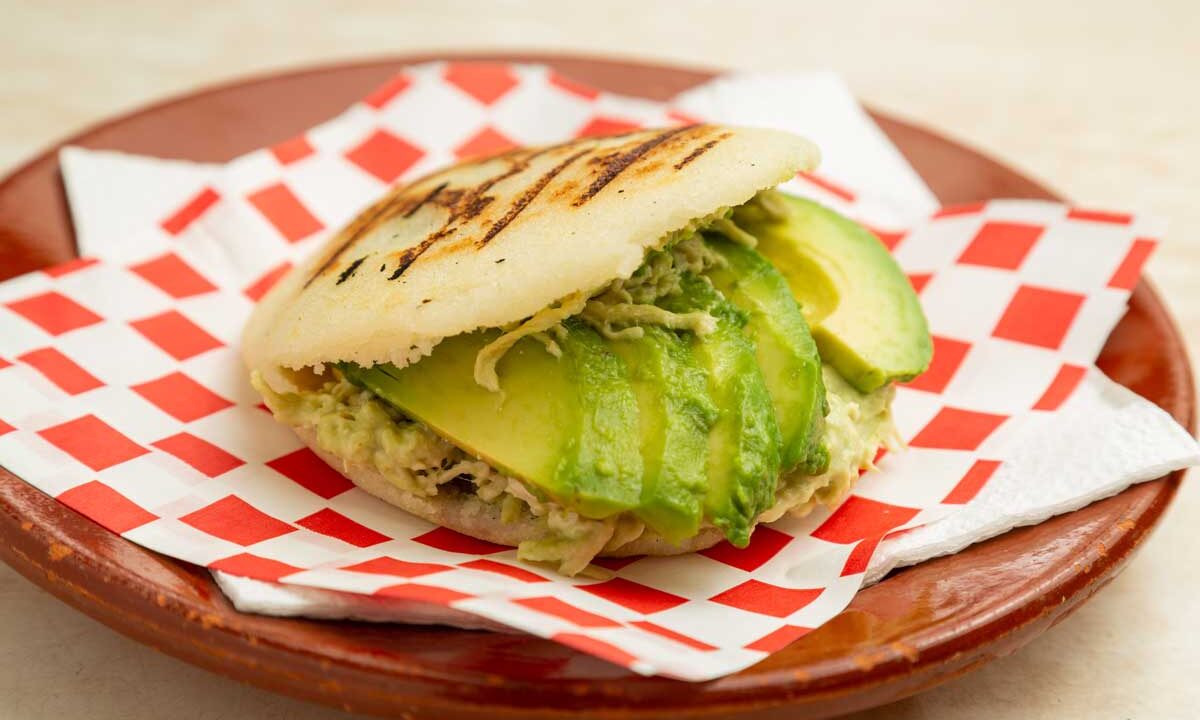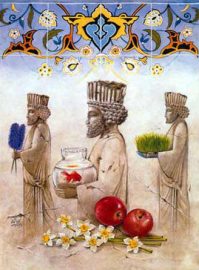In Iran, every year, millions of Iranians celebrate Persian New Year or Nowruz. No one knows exactly how far back Nowruz dates but the best estimate is sometime in the range of 3000 years the important thing to know about Nowruz’s origins is that it is rooted in Zoroastrianism, an ancient Persian religion that predates both Christianity and Islam. So, Nowruz is not an Islamic holiday or a Christian one; it is Persian.
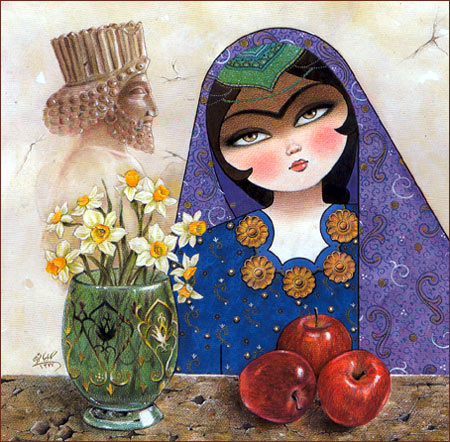
Image credit- http://barekat-blessing.blogspot.in/
Shah Jamshid’s Legacy
The festival of Nowruz heralds a time of hope and happiness in the year ahead. Initially, seasons played a significant role in human history and life. Everything depended on the four seasons. After the end of the chilly winter, spring was a great occasion to enjoy as it brought with it new life and new colors. This revelry was popularized by King Jamshid and, as per popular legend, he was the first to celebrate this festival.
Jamshid, the fifth king of the Peshadian dynasty of Persia, flourished 3209 years before the Christian era. The Shah Namah describes him as the first to civilize mankind. Persian writers consider the bas-reliefs at the ruins of Persepolis, still visible in all their pristine glory and beauty after a lapse of 5000 years to be the representations of the court of Jamshid, more especially depicting the festivities of Nowruz. It has also been suggested that the famous Persepolis complex, or the Palace of Apadana and the hundred columns hall, were built for the specific purpose of celebrating a feast related to Nowruz.
Although there is no mention of the term Nowruz in recorded Achaemenid inscriptions, there is a detailed account by Xenophon (Xenophon of Athens 430-345 BC was an ancient Greek philosopher, historian, soldier and mercenary, and a student of Socrates) of a Nowruz celebration taking place in Persepolis and the continuity of the festival in the Achaemenid tradition.
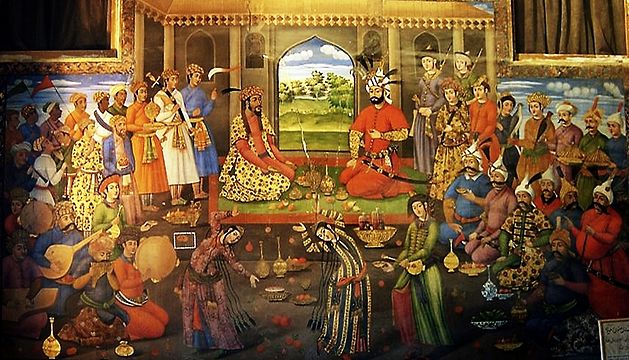
The Nowruznama
In the book Nowruznama (Book of the New Year, which is attributed to Omar Khayyam- a well-known Persian Poet and Mathematician), a vivid description of the celebration in the courts of the kings of Iran is provided: “From the era of Kai Khosrow till the days of Yazdegard, last of the pre-Islamic kings of Iran, the royal custom was thus: on the first day of the New Year, Now Ruz, the king’s first visitor was the High Mobad of the Zoroastrians, who brought him as gifts a golden goblet full of wine, a ring, some gold coins, a fistful of green sprigs of wheat, a sword, and a bow. In the language of Iran, he would then glorify God and praise the monarch.
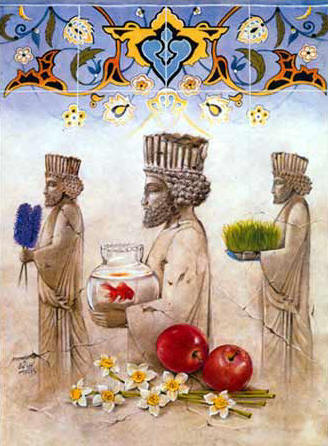
This was the address of the High Mobad to the king: ‘O Majesty, on this feast of the equinox, the first day of the month of the year, seeing that thou hast freely chosen God and the faith of the ancient ones; may Sraosha, the angel- messenger; grant thee wisdom and insight and sagacity in thy affairs. Live long in praise, be happy and fortunate upon thy golden throne, drink immortality from the Cup of Jamshed; and keep in solemn trust the customs of our ancestors, their noble aspirations, fair gestures, and the exercise of justice and righteousness. May thy soul flourish; may thy youth be as the new-grown grain; may thy horse be puissant, victorious; thy sword bright and deadly against foes; thy hawk swift against its prey; thy every act straight as the arrow’s shaft. Go forth from thy rich throne, conquer new lands. Honor the craftsman and the sage in equal degree; disdain the acquisition of wealth. May thy house prosper and thy life be long!’’
You may like to read

